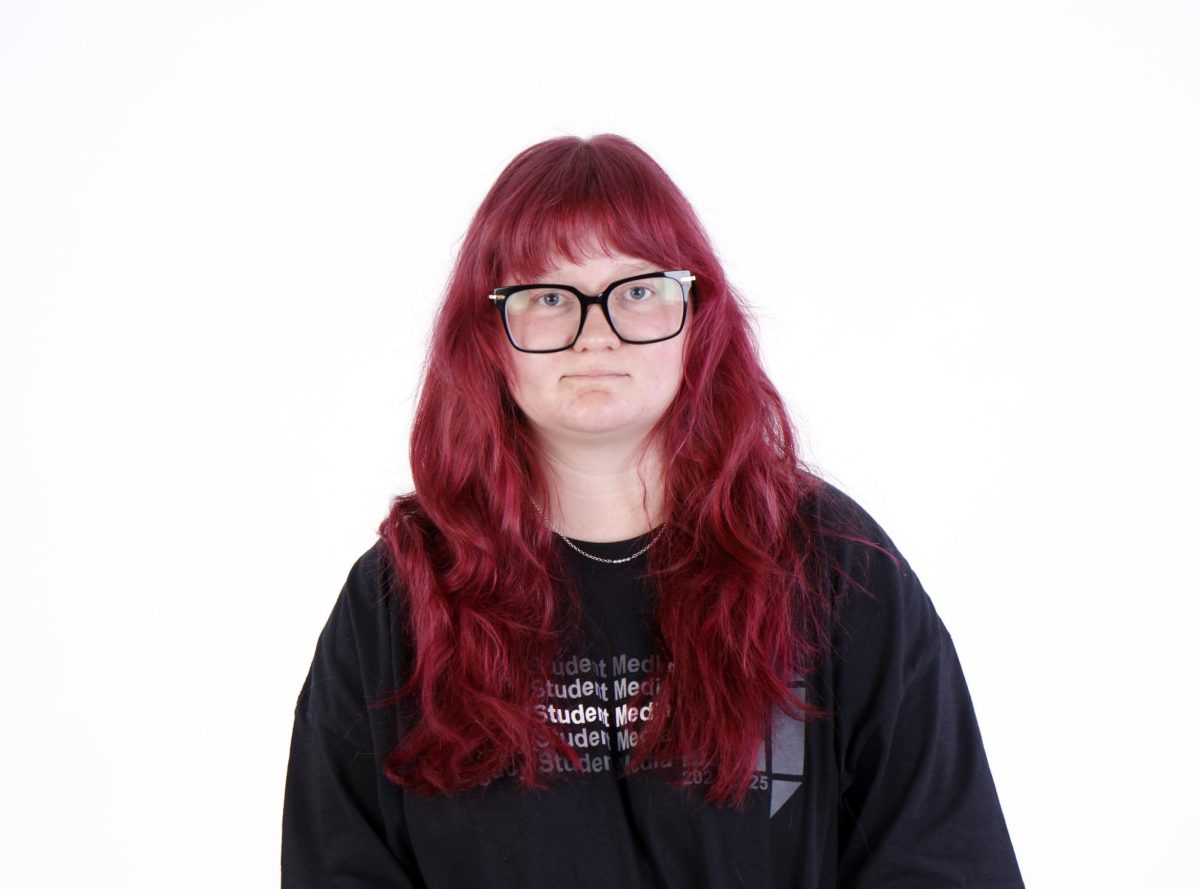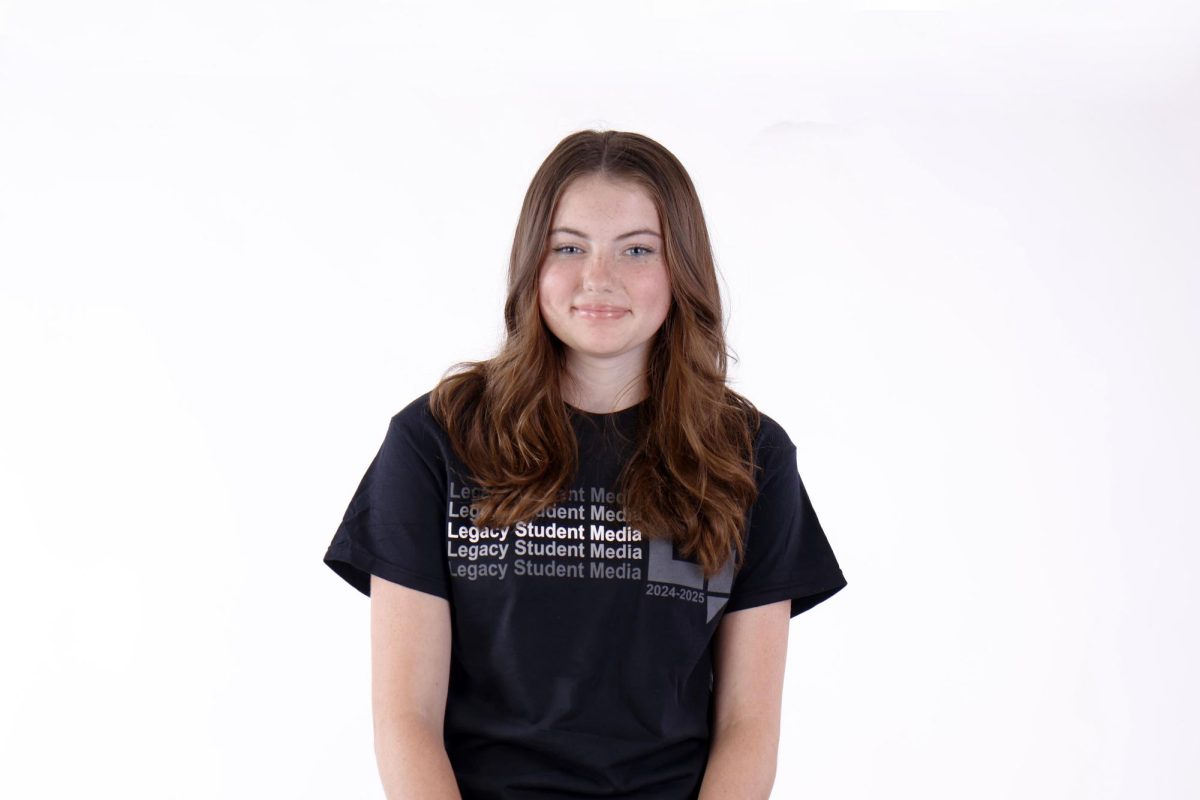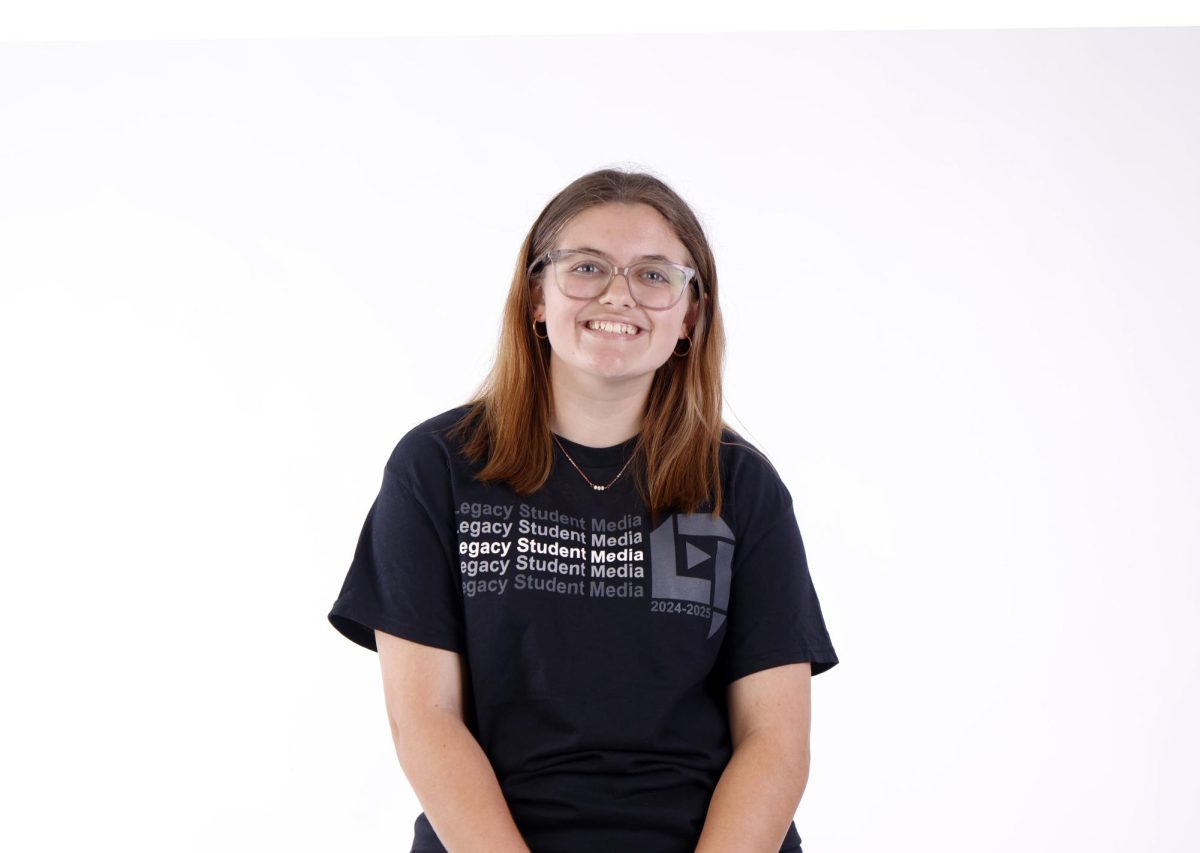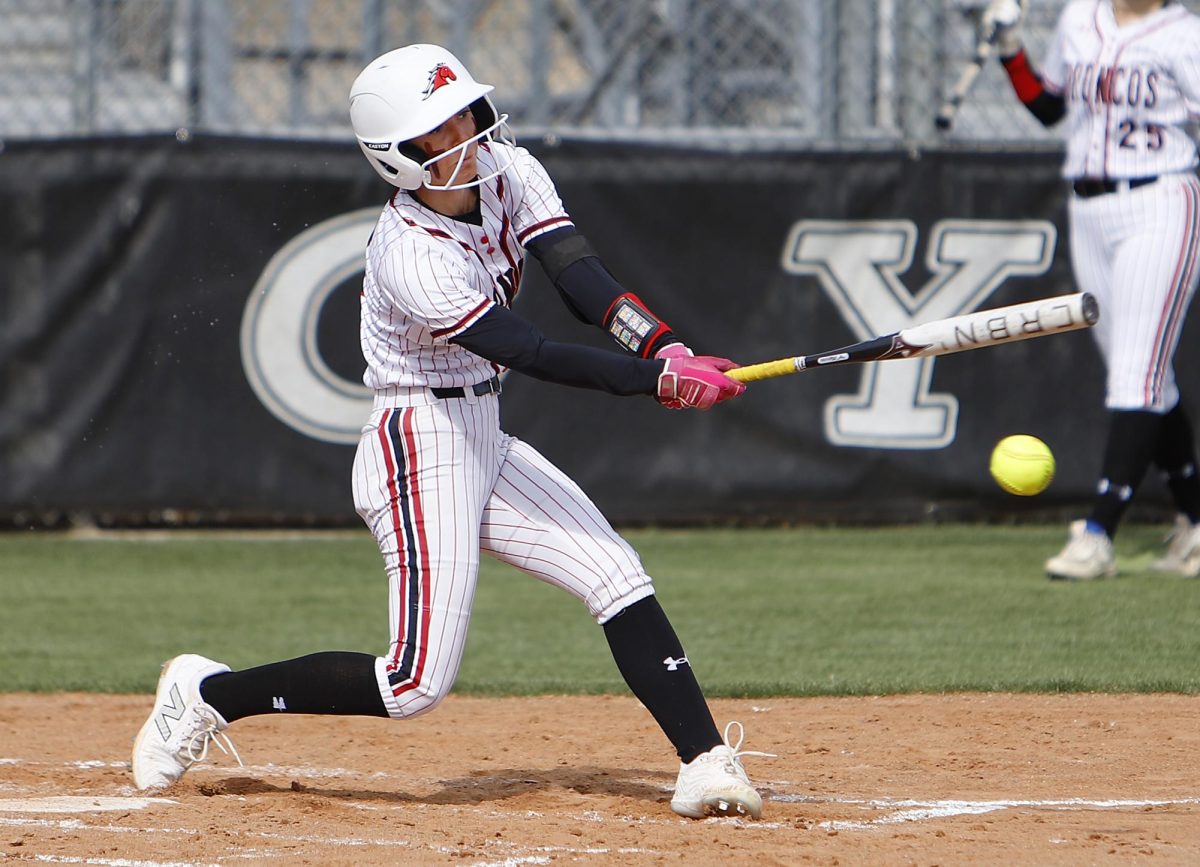Junior Carleigh Baker steps into a tanning bed not realizing every minute she lays under the lights she increases her risk for one of the deadliest forms of skin cancer— melanoma.
Ever since the introduction of tanning beds in the 1970s, there has been a significant increase in melanoma, a malignant tumor of melanocytes, common among young women between 18 and 39. Sun damage and the ultraviolet (UV) light in tanning beds are the leading causes of melanoma, the fastest growing cancer in America (Skin Care Foundation).
“Melanoma is the most easily preventable cancer and we need a way to aware everyone, especially the younger generation on the dangers of tanning and sun exposure”, dermatologist Dr. Jeannin Hoang said.
This summer junior Tony Nganga-Perry plans to work at Camp Thurman and become a camp counselor. A huge part of his job deals with being outside a lot the time, but Nganga-Perry plans to not wear sunscreen because he has never had sunburn. Having worked in the sun before for summer jobs, he became used to the sun.
“[Because of my dark complexion] the sun doesn’t seem like it hurts me much that I never find the need for sunscreen,” Nganga-Perry said, “I think sunscreen helps for certain people who are lighter, but for me I don’t see a point.” Melanocytes are cells, which produce melanin. Melanin controls the amount of (UV) radiation absorbed by the skin and gives humans their distinct skin color. The more melanin a person has the darker the skin tone.
Many believe African-Americans don’t get sunburned, however that statement is false. They may not show visible signs of skin damage, but they, like all people, can just as easily have sun damage. If found early, African Americans have a survival rate of 77 percent and for Caucasians it’s 91 percent. Asymmetrical freckles with or without discolorations may warrant a visit to the dermatologist.
“My skin has never shown signs of damage that I needed to take precautions,” Nganga-Perry said.
Perhaps the easiest and dangerous way for a person to get melanoma would be tanning. Baker has been tanning for a while, and because of her love to tan, Baker currently works at a tanning salon.
“Whenever I first started the job, it felt way too hard for such little pay,” Baker said.
Tanning can have a permanent damage on the skin, which leads to faster aging. According to the Skin Cancer Foundation, 10 minutes in the tanning bed equals 10 minutes in the Mediterranean summer sun. In addition, tanning also increases the risk of getting melanoma by 74 percent.
“I tan because I really don’t like to be pale, and I feel like when people are bronze they are prettier,” Baker said.
Spray tanning, considered a safe and healthy alternative, lasts about the same number of days as a regular tan. Although Baker has never tried a spray tan, she has never liked the outcome from seeing other customers.
“I prefer a tanning bed to a spray tan because I feel like it makes you look more orange,” Baker said.
According to Baker she sees many of regular customers who come daily ranging from age 16 to 56. In Texas, a child under 16 and a half year of age can not tan at all and teenagers under the age of 18 have to have parental consent. Some tanning salons, like the one Baker works at, has a policy where nobody can tan more than once a day.
“If we didn’t have that policy, I honestly think some of the customers would tan at least two times a day,” Baker said.
With all the facts linking tanning and melanoma one out of three teenagers continues to tan.
“Having dealt with teenagers with melanoma, I don’t understand how people can tan knowing they are damaging their skin,” Dr. Hoang said, “Girls don’t have to tan to look beautiful.”






















